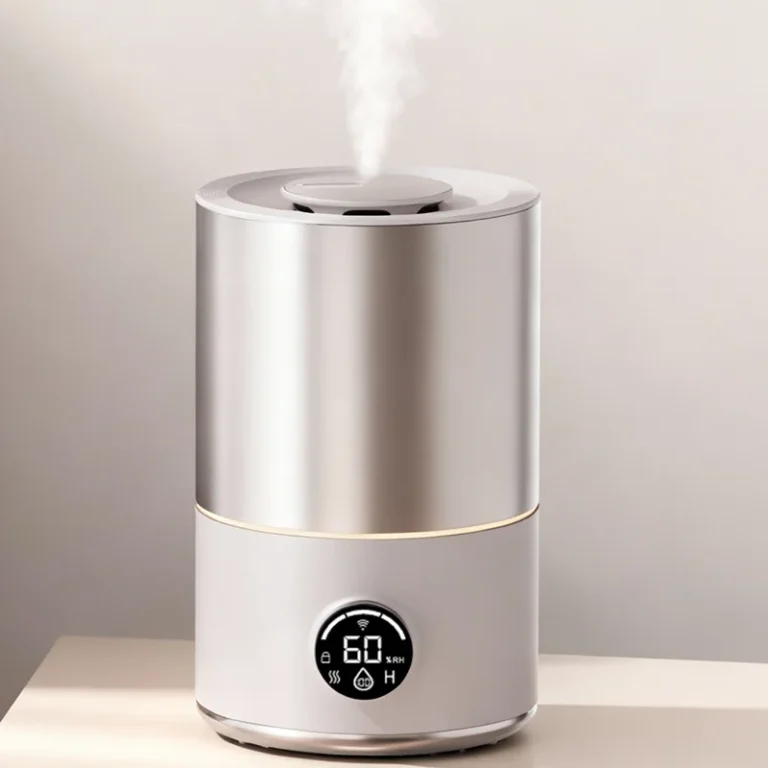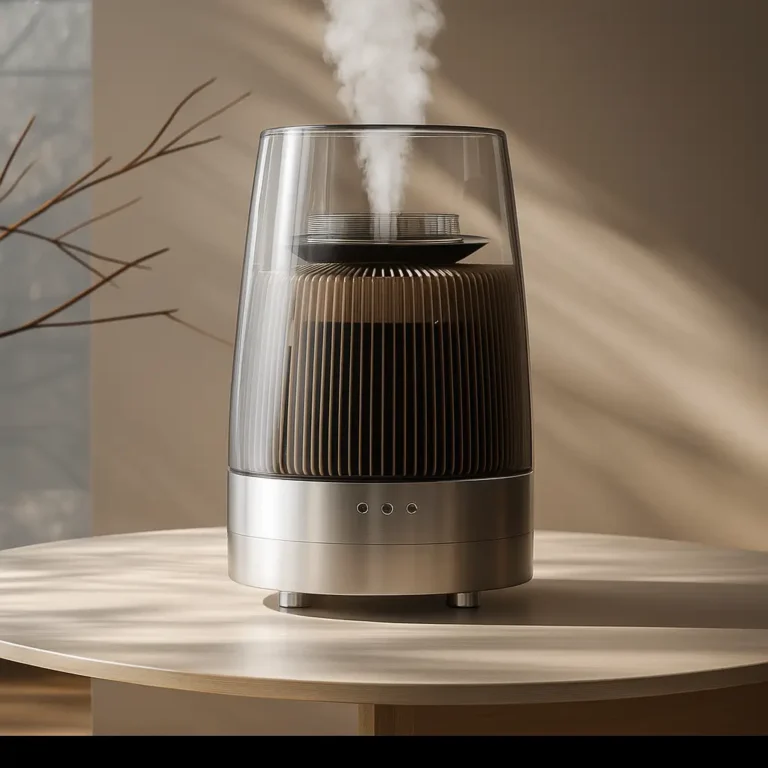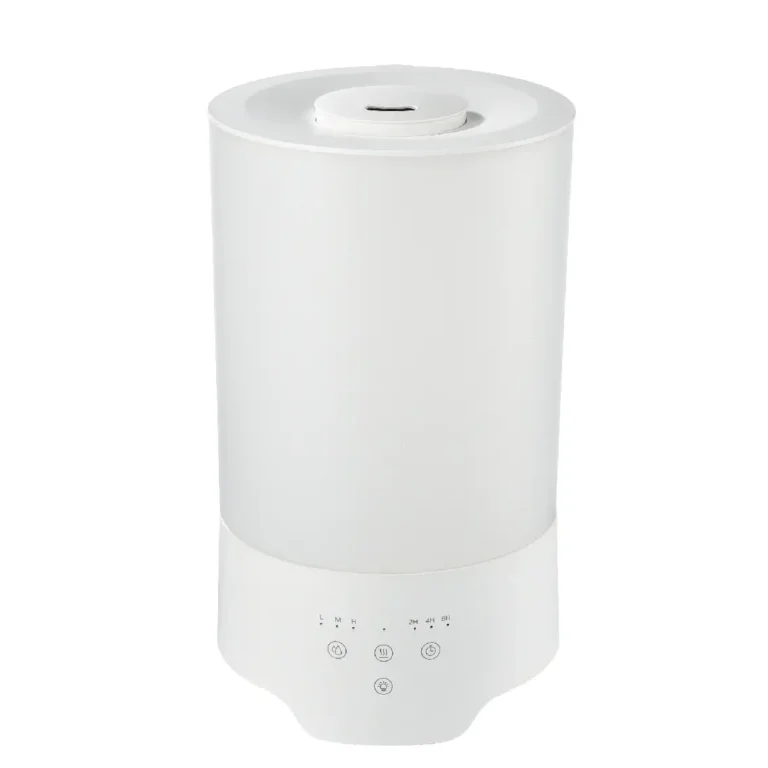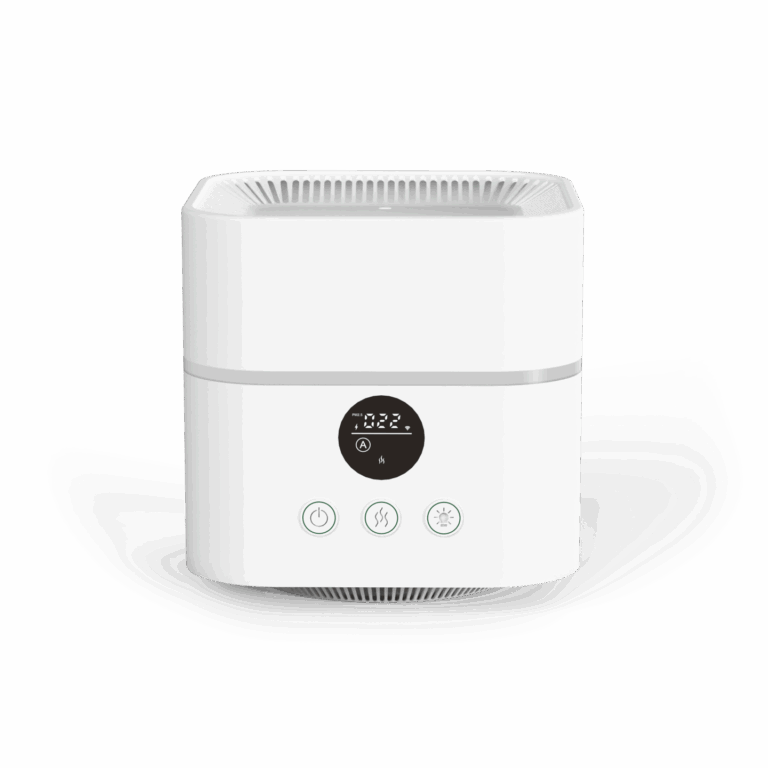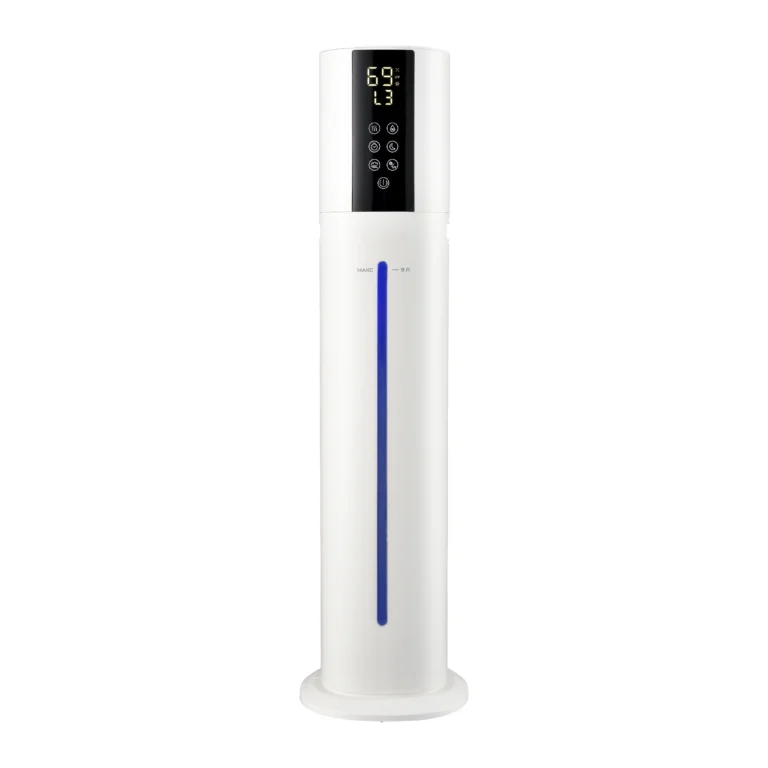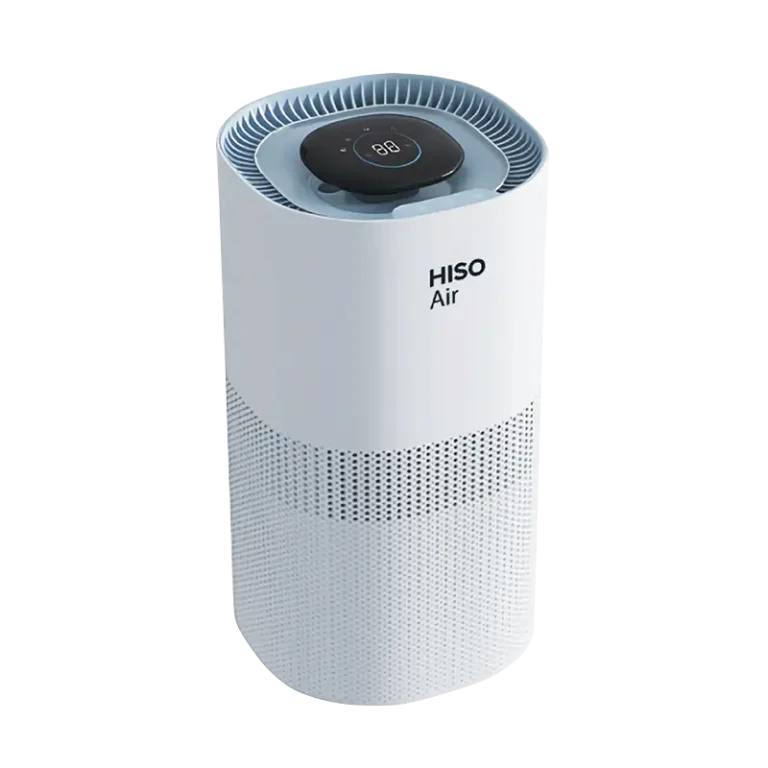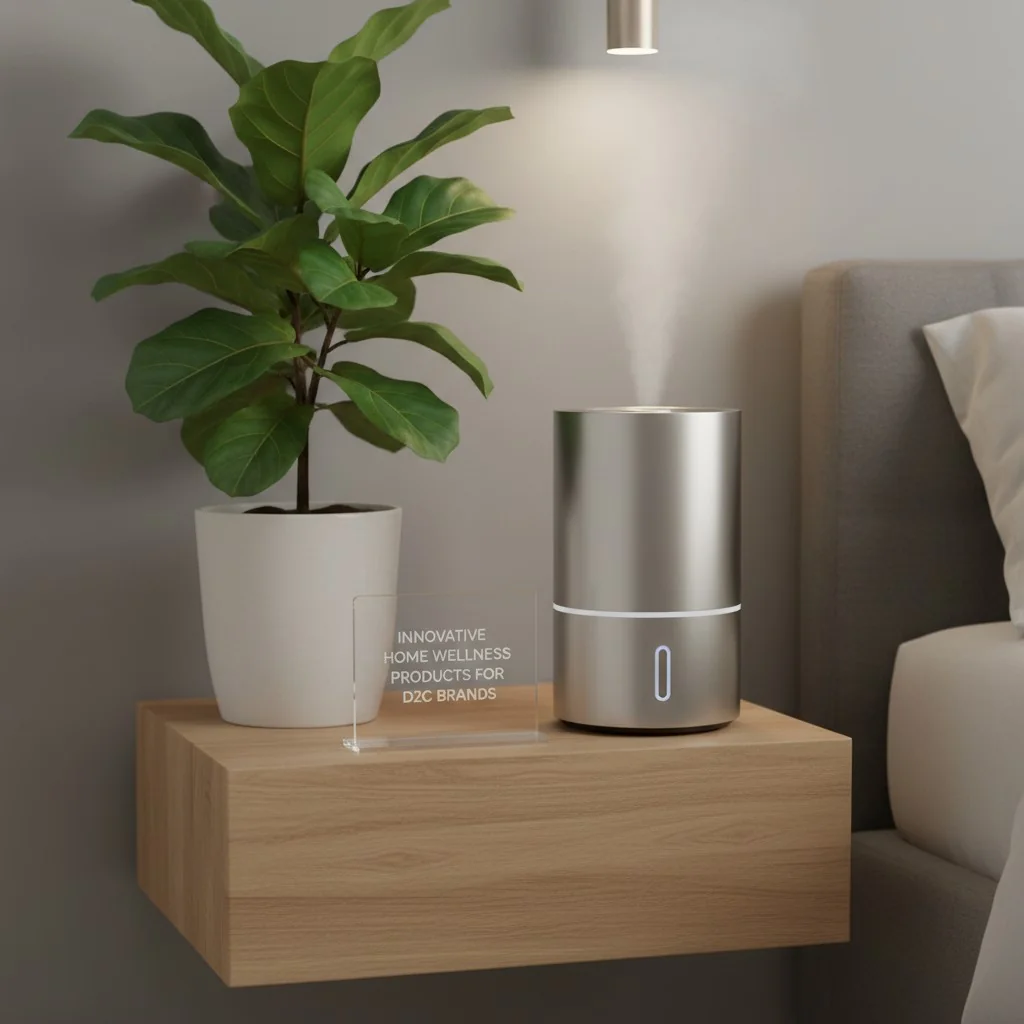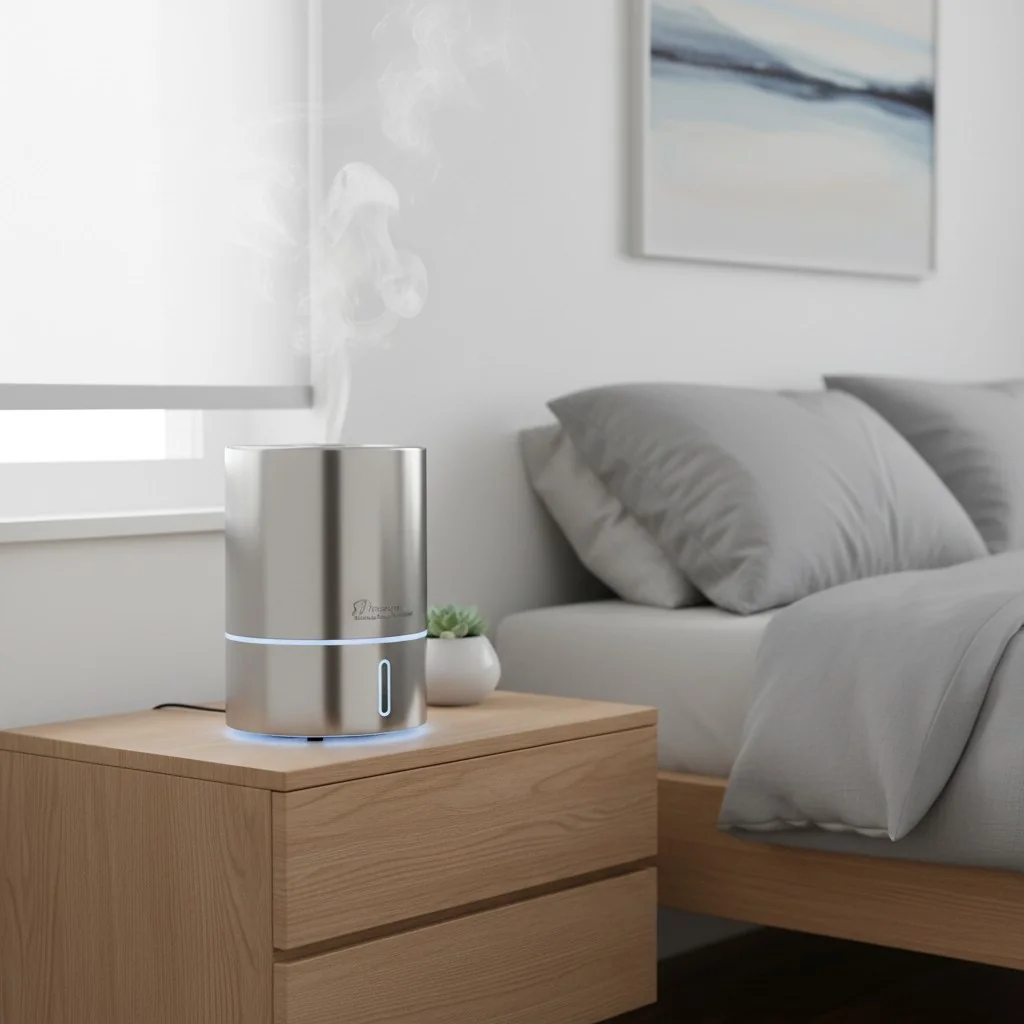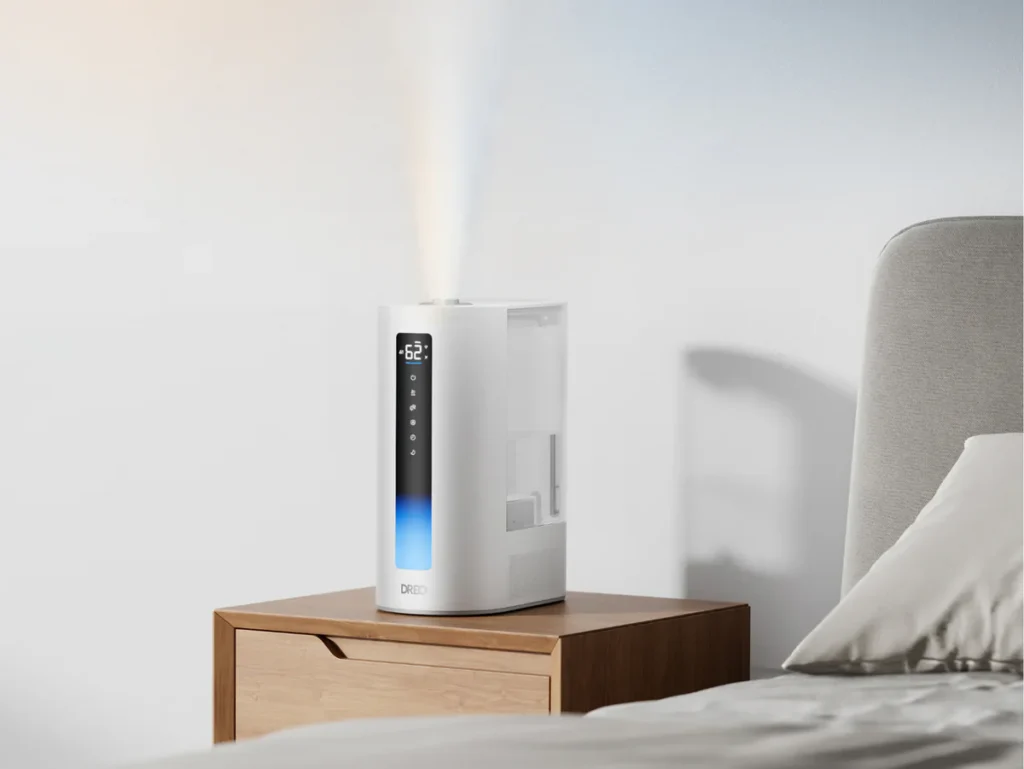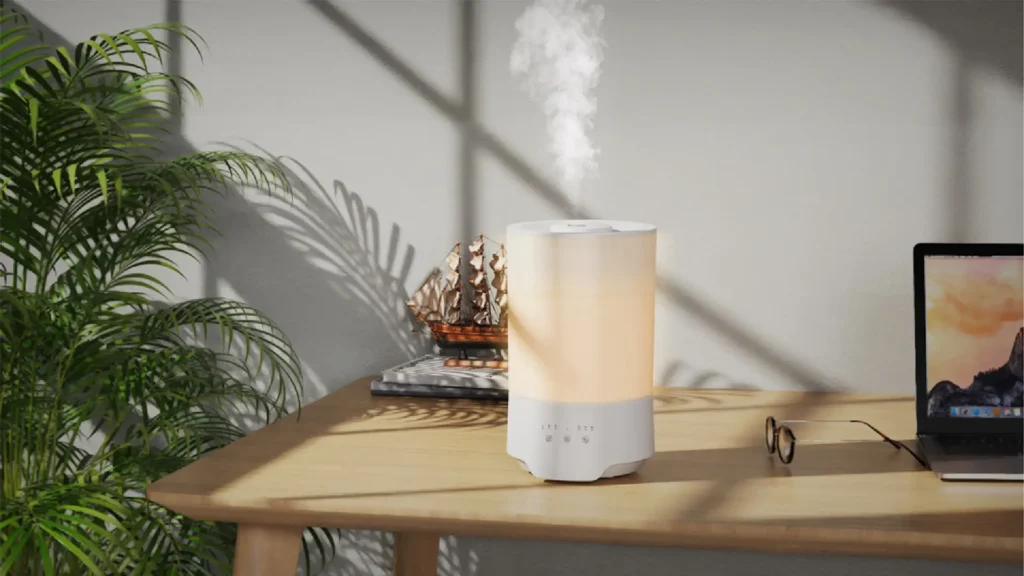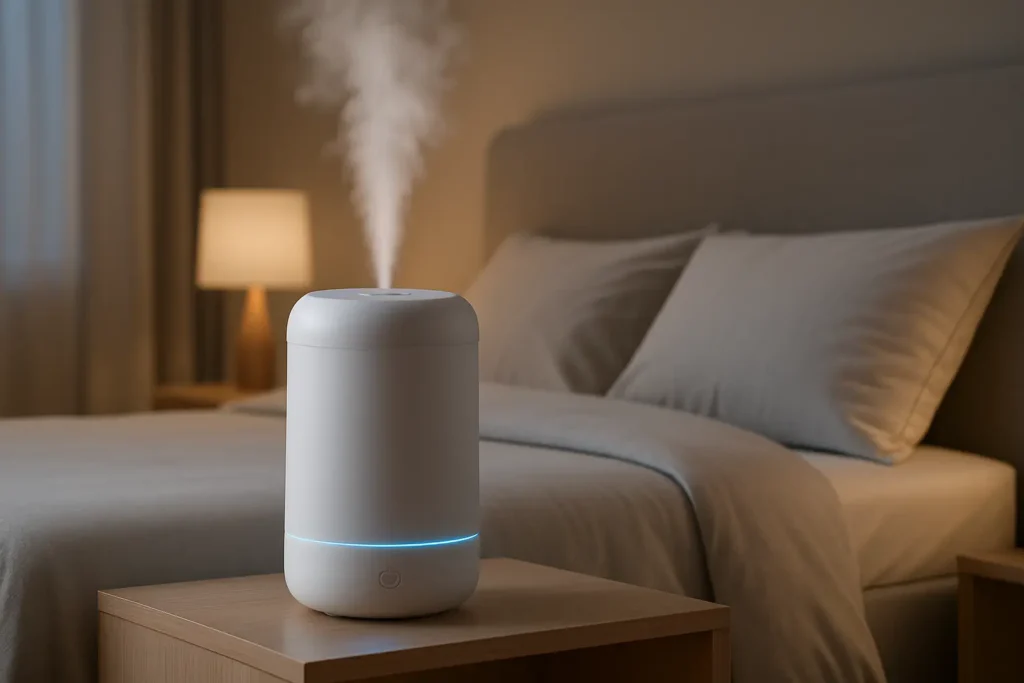India's humidifier market is heating up driven by rising pollution, health awareness, and smart home adoption. Whether you're a distributor, OEM, or industrial procurement leader, knowing the key players is essential to making informed sourcing and partnership decisions. In this article, we break down the top 5 humidifier manufacturers in India, analyzing their strengths, technologies, and strategic focus to help you navigate this dynamic and fast-evolving landscape.
Why is the Indian Humidifier Market a Growing Opportunity for Businesses?
As an entrepreneur with over two decades in the environmental technology space, I’ve learned to recognize markets at an inflection point. The Indian humidifier market is precisely that—a sector rapidly transitioning from a niche category into a mainstream necessity. For businesses in the home appliance and indoor air quality (IAQ) sectors, understanding this landscape is crucial for identifying strategic opportunities. The market’s growth is fueled by undeniable trends, making it a compelling space for investment and partnership.
Deteriorating urban air quality and rising health consciousness are the primary forces propelling this market forward. With many of the world's most polluted cities located in India, consumers are increasingly investing in solutions to create healthier indoor environments. This shift has transformed humidifiers from simple comfort appliances into essential wellness devices. Market data underscores this trend, with projections showing steady growth from USD 34.65 million in 2024 to over USD 51.58 million by 2030. Therefore, the combination of environmental pressures and a proactive consumer health movement creates a sustainable demand for high-quality humidification solutions.
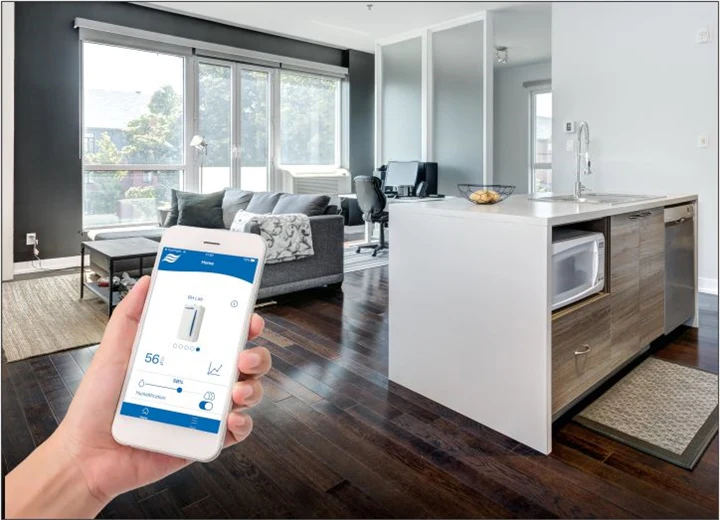
How Do Different Humidifier Technologies Impact Air Quality?
When sourcing humidifiers, it’s vital to understand the core technologies, as they directly impact performance, maintenance, and even interaction with other IAQ devices. The choice of technology defines a product's market position, whether it competes on hygiene, convenience, or cost. For B2B buyers, this knowledge is key to aligning products with specific consumer needs.
The three dominant technologies in the Indian market are ultrasonic, evaporative, and steam.
- Ultraschall-Luftbefeuchter: These are the most common in the consumer market, using high-frequency vibrations to produce a fine, cool mist. Their main advantages are near-silent operation and energy efficiency. However, a significant consideration for businesses is that ultrasonic models can disperse fine mineral particles ("white dust") from tap water into the air. This is a critical point because a common question we encounter is, does a humidifier affect an air purifier? In this case, yes. An air purifier with a particle sensor may detect this mineral dust as PM2.5 pollution and ramp up its fan speed, leading to consumer confusion.
- Verdunstungsluftbefeuchter: This technology, championed by brands like Philips, uses a fan to draw air through a wet filter, releasing moisture through natural evaporation. Its key advantage is hygiene; the process prevents minerals and most bacteria from being dispersed, eliminating both white dust and reducing the risk of airborne contaminants. For brands targeting health-conscious consumers, an Verdunstungsbefeuchter offers a powerful marketing differentiator.
- Steam Humidifiers: Also known as vaporizers, these units boil water to create a warm, sterile mist. The boiling process is inherently hygienic as it kills waterborne pathogens. This technology is valued in both industrial settings requiring sterile humidity and in residential applications for providing relief from cold and flu symptoms. Ultimately, the technology inside a humidifier determines its suitability for different consumer segments and its compatibility within a modern, smart home ecosystem.
Who Are the Top 5 Humidifier Manufacturers in India?
The Indian market is not a monolith; it is sharply divided between high-value industrial (B2B) applications and a high-volume residential (B2C) segment. Success requires a focused strategy, and the leading manufacturers exemplify this. Based on our analysis, five companies stand out for their strategic positioning and market influence.
1. Condair Group: The Industrial Titan

Image Source: Condair
Condair is the global leader in commercial and industrial humidification, and its strategy in India is a masterclass in B2B focus. Instead of a direct presence, the Swiss company operates through specialized local partners like Humidity Technologies Pvt Ltd, which serves the pharmaceutical and automotive sectors, and Regent Machine & Servicing for industries like textiles and tea. This model allows them to offer bespoke, high-performance solutions with deep domain expertise. For industries where precise humidity control is mission-critical, Condair is the benchmark for reliability and hygiene. Condair's success demonstrates that leadership in the B2B segment is built on technical superiority and a consultative, solutions-based partnership model.
2. Philips India: The Consumer Health-Tech Innovator
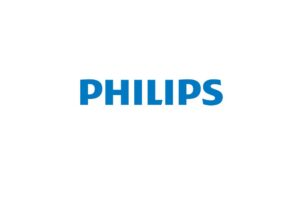
Bildquelle: © Philips
In the B2C space, Philips has carved out the premium, health-focused segment. Their key competitive advantage is the proprietary NanoCloud technology, an Verdunstungsbefeuchter system that they market as spreading 99% less bacteria than ultrasonic models and preventing white dust. This directly addresses major consumer concerns about hygiene. Philips also leads the trend toward product convergence with its 2-in-1 humidifier and air purifier "Combi" devices, appealing to consumers seeking a holistic IAQ solution. Philips leverages its strong brand trust and technological innovation to command a premium, positioning its products as investments in family health.
3. Honeywell India: The Diversified Global Player

Bildquelle: Honeywell
Honeywell, a multinational giant with a massive manufacturing footprint in India for industrial and aerospace products, has a more ambiguous position in the consumer humidifier market. Their consumer models available online are typically imported, filter-free ultrasonic units sold through third-party sellers. While the Honeywell brand name carries significant weight, their consumer strategy appears less focused compared to competitors. The official Honeywell India e-commerce site, for instance, heavily promotes air purifiers but does not directly sell humidifiers, only a replacement filter. Honeywell's current market presence relies on its global brand recognition rather than a dedicated, localized product and distribution strategy for consumer humidifiers.
4. AGARO (Universal Corporation Ltd.): The Digital-First Challenger

Image Source: AGARO
AGARO represents the new wave of Indian brands mastering the online marketplace. As a flagship brand of Universal Corporation Ltd., AGARO competes aggressively in the mass-market B2C segment by offering feature-rich ultrasonic humidifiers at highly competitive price points. Their go-to-market strategy is digital-first, leveraging e-commerce platforms like Amazon and Flipkart to achieve high sales volumes. They win by providing a compelling value proposition—more features for a lower cost—which resonates strongly with India's price-sensitive online shoppers. AGARO's rapid rise highlights the power of a price-and-feature-led strategy executed with strong digital marketing acumen.
5. Aastha Enviro Pvt. Ltd.: The Domestic Industrial Specialist
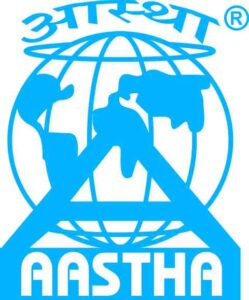
Image Source: Aastha Enviro Pvt. Ltd.
Aastha Enviro is an ISO-certified Indian manufacturer specializing in industrial HVAC and air pollution control equipment, including robust humidifiers for sectors like textiles, agriculture, and paper. Based in New Delhi with a factory in Faridabad, they compete with global players like Condair by offering reliable, "Made in India" solutions. Their value proposition is centered on providing cost-effective, durable systems backed by accessible local service and turnkey project execution. For industrial clients seeking a balance of performance and value, Aastha Enviro presents a strong domestic alternative. Aastha Enviro thrives by combining local manufacturing advantages with a deep focus on service and project management for industrial clients.
HisoAir: Global IAQ & Humidifier Manufacturer for Indian and Global Markets

Bildquelle: HisoAir
While the Indian market is home to strong local and international humidifier brands, global leaders like HisoAir are setting new benchmarks in performance, hygiene, and design. Headquartered in Shenzhen, China, and serving partners worldwide, HisoAir specializes in medical-grade indoor air quality (IAQ) solutions that combine ultra-quiet operation, high CADR output, and stylish form factors.
With over 50 patented designs and SGS-verified technology capable of filtering 99.8% of airborne viruses including the coronavirus family, HisoAir has built a reputation for precision manufacturing and customizable OEM/ODM partnerships. For Indian distributors, OEMs, and industrial buyers seeking high-performance humidifiers integrated with smart air purification technology, HisoAir offers a powerful alternative to meet growing consumer wellness demands.
How Do These Top Humidifier Manufacturers Compare?
For B2B buyers, a direct comparison is essential for strategic decision-making. Whether you are looking to source products for retail or procure systems for industrial use, understanding the core strengths and market positions of these leaders is key. The following table provides a clear, at-a-glance summary of the top five manufacturers.
| Hersteller | Primary Market | Core Technology | Zentrale Stärken | Strategic Focus |
|---|---|---|---|---|
| Condair Group | Premium Industrial (B2B) | Advanced Steam & Adiabatic | Unmatched technical expertise, high reliability, strong partner network. | High-performance, custom solutions for mission-critical industrial applications. |
| Philips India | Premium Consumer (B2C) | Proprietary Evaporative (NanoCloud) | Strong brand trust, superior hygiene claims, innovative combi-products. | Health and wellness-focused innovation for the premium consumer segment. |
| Honeywell India | Consumer (B2C) & Industrial Components | Standard Ultrasonic | Global brand recognition, filter-free models. | Opportunistic presence in the consumer market via importers; focused on B2B control components. |
| AGARO | Mass-Market Consumer (B2C) | Standard Ultrasonic | Aggressive pricing, feature-rich products, strong online presence. | Volume-driven growth through value-for-money offerings on e-commerce platforms. |
| Aastha Enviro | Industrial (B2B) | Industrial-grade Atomizing & Ultrasonic | Cost-effective domestic manufacturing, turnkey project capability, local service. | Robust, value-oriented solutions for a wide range of Indian industries. |
| HisoAir | Global Premium (B2B & B2C) | Medical-grade Humidification + HEPA Filtration | SGS-verified virus removal (99.8%), ultra-quiet design, over 50 patented designs, OEM/ODM options. | Integrated IAQ solutions combining humidification with advanced air purification for global and Indian markets. |

What Future Trends Should Your Business Watch For?
The Indian humidifier market is not static; it is evolving with new technologies and shifting consumer expectations. For any business operating in this space, staying ahead of these trends is critical for long-term success. Three key developments are shaping the future of the market.
First, the convergence of air treatment functions is the most significant trend. Consumers increasingly want a single device that can manage overall indoor air quality. This means the demand for a combined purifier and humidifier at the same time in one unit will continue to grow, creating a new, higher-value product category. Second, smart home integration is moving from a premium feature to a standard expectation. Products that connect to Wi-Fi and can be controlled via smartphone apps or voice assistants will have a distinct competitive advantage. Finally, the next wave of growth will come from beyond the major metro areas, as rising incomes and awareness drive demand in Tier-2 and Tier-3 cities. Businesses that can innovate with integrated, smart products and build a distribution network to reach emerging urban centers will be best positioned to capture future growth.
Schlussfolgerung
The Indian humidifier market offers a landscape rich with opportunity, defined by a clear split between industrial needs and consumer wellness aspirations. Leaders like Condair und Aastha Enviro dominate the B2B space through technical expertise and localized value, respectively. In the consumer arena, the market is polarized between Philips’ premium, health-tech approach and AGARO’s aggressive, value-driven online strategy.
For businesses looking to enter or expand in this market, the path forward is clear. Success will require a focused strategy that targets a specific segment, a commitment to technological innovation especially in the realm of smart and combination devices and a robust plan to address the challenges of consumer education and after-sales service.
At HisoAir, we specialize in creating high-performance, ultra-quiet, and aesthetically designed IAQ solutions for our B2B partners worldwide. We understand that success in a dynamic market like India requires not just a great product, but a reliable manufacturing partner who can deliver quality, innovation, and scale. The opportunities are immense for those who can navigate this evolving landscape with vision and precision.

